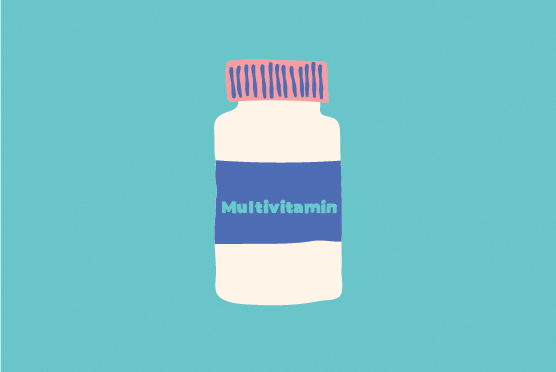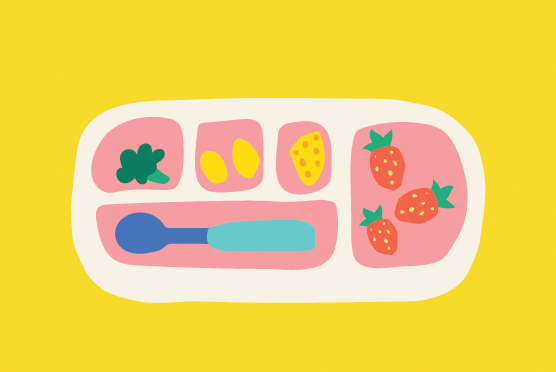Inside this article
Peanut allergies are on the rise, and affect roughly 1 in 50 children in the UK. While peanuts are often considered a “nut,” they are actually legumes and grow underground. The proteins found in peanuts can trigger severe allergic reactions, and unfortunately, peanut allergies are one of the leading causes of food-related deaths. Understandably, introducing peanuts to babies for the first time can be a source of fear and anxiety for many parents. This blog will look at how to introduce peanuts safely, why it is important to introduce them early, and the new treatments available for those that suffer from a peanut allergy.
Why are peanut allergies common in children?
Peanut allergies generally develop in early childhood, and infants with eczema and/or an egg allergy are more likely to develop a peanut allergy. The allergy is caused by the body’s immune system mistakenly identifying peanut proteins as harmful, leading to an allergic reaction.
Unfortunately, peanut allergies tend to be persistent, with only about 1 in 5 children outgrowing their allergy, if children do grow out of it this usually happens by the age of 10. Additionally, approximately 30-40% of children with a peanut allergy will also have an allergy to at least one tree nut, such as almonds, cashews, or walnuts.
Recognising symptoms of peanut allergy in babies and children
Peanut allergies can cause mild to severe symptoms. Mild reactions may include:
- Skin rashes or hives
- Itching in the mouth
- Runny nose or sneezing
- Stomach cramps or vomiting
However, symptoms are often life-threatening, this type of reaction, known as anaphylaxis, requires immediate medical intervention. Symptoms of anaphylaxis include:
- Swelling in the throat and tongue
- Narrowing of airways and difficulty breathing
- Rapid heartbeat
- Loss of consciousness
For those who have a peanut allergy, carrying an adrenaline auto-injector is essential as an emergency medication for immediate response to accidental exposure.
Introducing peanuts early aids prevention
Research shows that introducing peanut-containing foods early in life (around 6 months of age and definitely before 12 months of age) can reduce the risk of a child developing a peanut allergy. In fact, research shows that infants who regularly consumed peanuts from an early age had significantly lower rates of peanut allergies in adolescence.
Here’s how to introduce peanuts safely:
- When to start: The NHS recommends introducing peanuts around 6 months, once the baby is developmentally ready for solids. For infants at higher risk (those with eczema or an egg allergy), research suggests that introduction can begin as early as 4 months, however, this must only be considered under healthcare provider guidance.
- How to introduce them safely: Start with a tiny amount, such as an eighth of a teaspoon of smooth, honey and salt-free peanut butter mixed with water or puree. Offer it from a spoon or fingertip.
- Observe: After the first taste, monitor for any reaction over a 10-minute period, and, if no signs of allergy appear, continue offering small amounts. It’s best to introduce peanuts at home and ensure you have a couple of hours to observe your baby.
- Maintain consistency: If peanut is tolerated tolerated, regularly include peanuts in the baby’s diet, aiming for one to two teaspoons, two to three times a week. Maintaining exposure helps reinforce tolerance and reduces the risk of allergy.
If there’s a history of food allergies or other allergies in your family, talk to your GP or health visitor before introducing nuts and peanuts. Parents should also be aware that whole nuts should not be given to children aged less than 5 years of age as this is a choking risk.
Why are peanuts good for babies?
Beyond allergy prevention, peanuts are nutritionally beneficial. They’re rich in fats, protein, and fiber and contain iron, magnesium, zinc, folate, and vitamins B6 and E. These nutrients support energy production, immune function, nervous system health, and gut microbiome development, all of which are essential for a growing child. They are also a source of protein and healthy fats and can be a great additional to a balanced diet.
Treatment options for peanut allergies
If a child has already developed a peanut allergy, some exciting new treatments like Palforzia are now available to help manage the severity of reactions. Before this treatment was available, only emergency medications such as epinephrine were available in case of accidental peanut ingestion.
Palforzia is not a cure, instead, it’s a desensitisation therapy, this means it reduces the likelihood of severe reactions in cases of accidental exposure. The treatment is available for children aged 4-17 on the NHS.
How Palforzia works:
- It provides gradual exposure: Palforzia contains small, carefully measured amounts of peanut protein in powdered form, which is mixed with foods like yogurt. You start with a minimal dose and the amount is gradually increased over several months to build tolerance.
- There is an ongoing maintenance phase: The goal is to reach a daily dose equivalent to one whole peanut. After completing the initial phase (typically around 18 months), children maintain their tolerance by consuming a whole peanut daily to continue tolerance and prevent future severe reactions.
- Ultimately provides reduced risk of anaphylaxis: By building up tolerance, children and families experience reduced anxiety about accidental exposure. This allows greater freedom in social situations, including dining out and traveling.
The impact of Palforzia treatment
The benefits of Palforzia extend beyond physical health to emotional and social well-being. Reduced fear of a severe reaction means children can more confidently participate in school and social events. It may also mean they can travel to countries where food labeling may be less clear without the fear or anxiety that they and their parents may have had before treatment. For parents, it eases the constant worry, allowing a more relaxed approach to daily activities.
In summary: strike a balance between prevention and management
Peanut allergies require proactive measures, especially as early introduction may lower the risk of allergy development. Parents should consult healthcare providers for guidance on safe introduction, particularly for infants at higher risk. For children with an established peanut allergy, new treatments like Palforzia provide essential support, helping to manage reactions and build tolerance to prevent severe outcomes if there is an accidental exposure.
With awareness, early intervention, and medical advancements, there’s hope for children and families managing peanut allergies, paving the way for safer, healthier, and less restrictive lifestyles.









